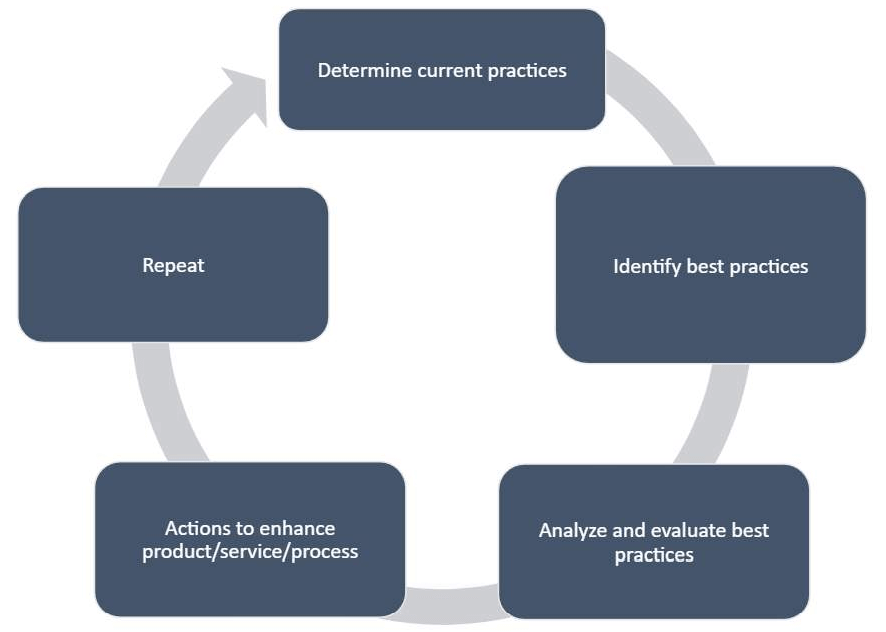
- Benchmarking is comparing identified parameters to a reference (External or Internal).
- Benchmarking principles make it easier to find, recognize and adopt best practices from other companies or internal deemed to be best in class.
- While competitors will serve as a standard, benchmarking is done in unrelated business segments as well.
-
Benchmarking can be broadly classified into
two categories
- Based on the parameter being benchmarked.
- Ways in which the benchmarking is done

